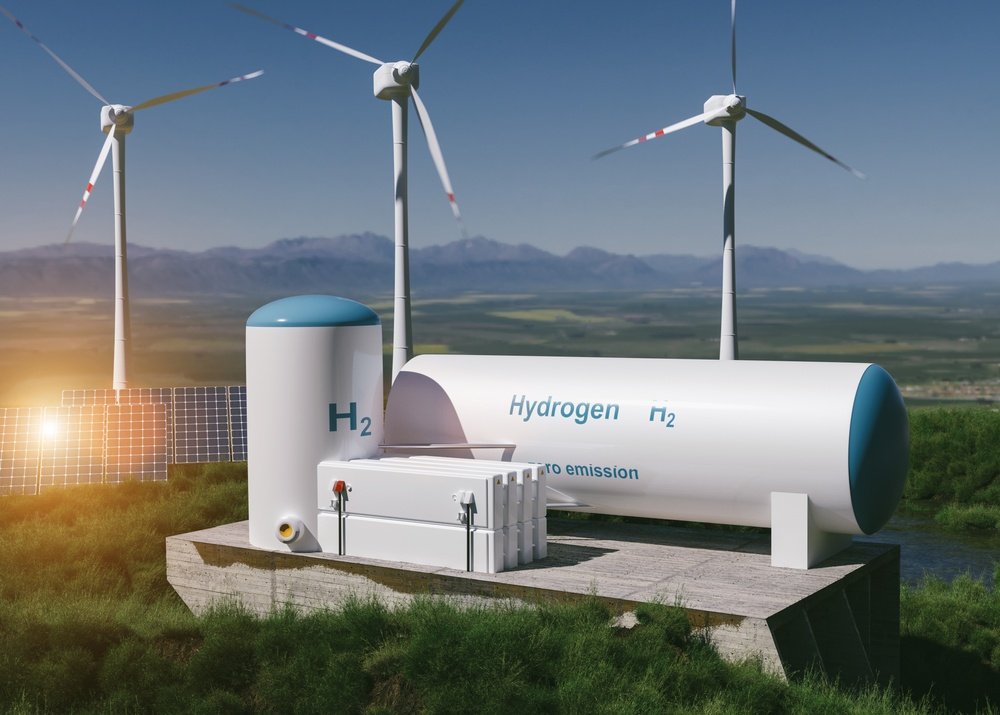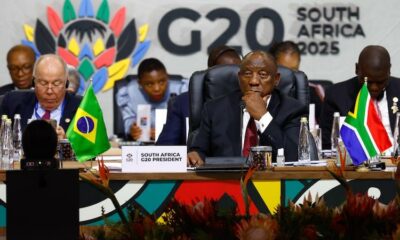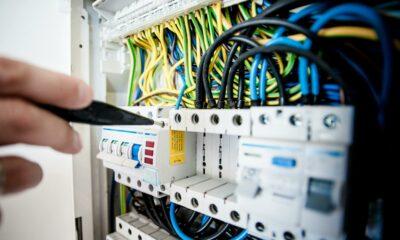Business
From Dream to Hydrogen Hub: How Europe is Powering South Africa’s Green Energy Future

On a breezy morning under Table Mountain’s watchful eye, two presidents stood side by side and shook hands. One represented South Africa’s growing hunger for clean energy and economic revival. The other came bearing gifts from a continent that’s betting big on hydrogen.
In that handshake, the European Union cemented a massive commitment: more than R95 billion (€4.7 billion) to help South Africa build one of the world’s most ambitious Green Hydrogen economies.
But this isn’t just a diplomatic headline. It’s the start of a new energy chapter one that could rewrite South Africa’s industrial future, create hundreds of thousands of jobs, and steer the country away from its Eskom-tethered energy woes.
What is Green Hydrogen and why now?
Green Hydrogen is created by using renewable electricity like wind or solar to split water molecules into hydrogen and oxygen. It’s clean, carbon-free, and seen globally as a fuel of the future for everything from steelmaking to aviation.
Unlike coal or gas, it doesn’t pollute. Unlike solar or wind on their own, it can be stored and shipped. Countries like Germany and the Netherlands are already racing to secure supplies. Now, South Africa wants in and it’s getting serious support to make it happen.
R319 Billion Ambition, R95 Billion Backing
South Africa’s Green Hydrogen Commercialisation Strategy (GHCS) lays out a bold vision: a R319 billion industry that could boost GDP by 3.6% and create 370,000 jobs by 2050.
To make that a reality, President Cyril Ramaphosa has found an enthusiastic partner in European Commission President Ursula von der Leyen, who announced the EU’s multi-layered support through its Global Gateway package during her visit to Cape Town.
The money won’t just be dumped into one big pot. It’s structured smartly:
-
€303 million in grants
-
€4.4 billion in loans from European financial institutions
-
Partnerships with South Africa’s DBSA and other local funders
-
Technical assistance for project development
It’s all targeted at sectors vital to the Just Energy Transition hydrogen, renewables, battery storage, and even pharmaceutical supply chains.
Why Europe is “Doubling Down”
While some global players have slowed their climate funding, the EU is leaning in harder.
“Others are withdrawing,” von der Leyen said. “We are here to stay.”
This is as much about climate change as it is about long-term energy security. As Europe reduces its reliance on Russian gas and other fossil fuels, securing clean alternatives from trusted partners is a win-win. South Africa gets investment, jobs, and global relevance. Europe gets green molecules and a stronger geopolitical ally.
The SA-H2 Fund: Turning Talk into Projects
Beyond big government announcements, a lot of action is already happening behind the scenes. The SA-H2 Fund—launched in 2023 by South Africa, the Netherlands, and Denmark is pooling capital for actual hydrogen projects.
With players like Climate Fund Managers, Sanlam, Invest International, DBSA and the IDC onboard, the aim is to raise $1 billion (about R18.5 billion) to kickstart the value chain. The fund received a major boost in February 2025 when €150 million was committed through Europe’s Climate Investor Three vehicle.
This blended finance model (mixing grants, loans, and private investment) is critical for getting early-stage hydrogen projects off the ground in a tough economic climate.
The Western Cape’s Bold Bet
If hydrogen is the national dream, the Western Cape is already sketching the blueprint.
Through its Green Hydrogen Roadmap, the province aims to generate 15 GW of renewable power and become a leading hydrogen exporter by 2030. Its target? Ship 300 to 420 kilotonnes of green hydrogen—or its derivatives like ammonia and synthetic aviation fuel to the world.
The vision is economic as much as environmental: a projected R57 billion added to the provincial economy and 125,000 new jobs by the end of the decade.
And perhaps more importantly, it could mean less reliance on Eskom and fewer blackouts for the province’s growing tech and agri-industrial hubs.
What’s Next and What’s Still Missing
Despite all the funding announcements and roadmaps, one thing is clear: Green Hydrogen is still in its infancy.
There are no major commercial-scale hydrogen plants operating in South Africa yet. The regulatory framework is still being shaped. And community buy-in, water usage concerns, and infrastructure gaps must be addressed if the hydrogen boom is to become a true Just Transition.
Social media has greeted the announcements with cautious optimism. On X (formerly Twitter), users praised the long-term vision, but asked when the benefits will reach ordinary South Africans—especially in rural areas still waiting for basic electricity.
Industry insiders, however, are buzzing with excitement. “This is the real beginning,” one energy executive posted on LinkedIn. “We’re not just talking clean energy anymore, we’re building it.”
A Future in the Making
Green Hydrogen isn’t a magic fix for all South Africa’s energy and economic challenges. But it offers something increasingly rare: a long-term industrial strategy with global backing and measurable goals.
If South Africa can harness this moment leveraging its sun, wind, ports, and people it might not just be exporting fuel. It could be exporting hope, innovation, and a new African energy identity.
For now, the world is watching. And for once, South Africa is not playing catch-up. It’s leading from the front.
{Source: Cape Business News}
Follow Joburg ETC on Facebook, Twitter , TikTok and Instagram
For more News in Johannesburg, visit joburgetc.com



























